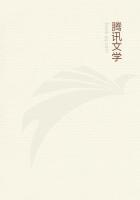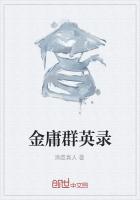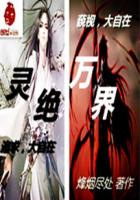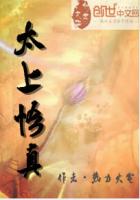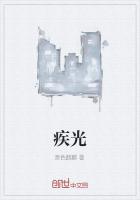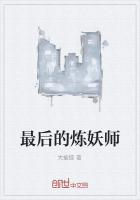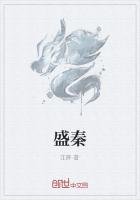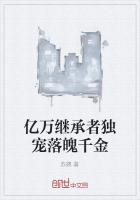From a bird's-eye view, these three burgs, the City, the Town, and the University, each presented to the eye an inextricable skein of eccentrically tangled streets. Nevertheless, at first sight, one recognized the fact that these three fragments formed but one body. One immediately perceived three long parallel streets, unbroken, undisturbed, traversing, almost in a straight line, all three cities, from one end to the other;from North to South, perpendicularly, to the Seine, which bound them together, mingled them, infused them in each other, poured and transfused the people incessantly, from one to the other, and made one out of the three. The first of these streets ran from the Porte Saint-Martin: it was called the Rue Saint-Jacques in the University, Rue de la Juiverie in the City, Rue Saint-Martin in the Town; it crossed the water twice, under the name of the Petit Pont and the Pont Notre-Dame. The second, which was called the Rue de la Harpe on the left bank, Rue de la Barillerié in the island, Rue Saint-Denis on the right bank, Pont Saint-Michel on one arm of the Seine, Pont au Change on the other, ran from the Porte Saint-Michel in the University, to the Porte Saint-Denis in the Town. However, under all these names, there were but two streets, parent streets, generating streets,--the two arteries of Paris. All the other veins of the triple city either derived their supply from them or emptied into them.
Independently of these two principal streets, piercing Paris diametrically in its whole breadth, from side to side, common to the entire capital, the City and the University had also each its own great special street, which ran lengthwise by them, parallel to the Seine, cutting, as it passed, at right angles, the two arterial thoroughfares. Thus, in the Town, one descended in a straight line from the Porte Saint-Antoine to the Porte Saint-Honoré; in the University from the Porte Saint-Victor to the Porte Saint-Germain. These two great thoroughfares intersected by the two first, formed the canvas upon which reposed, knotted and crowded together on every hand, the labyrinthine network of the streets of Paris. In the incomprehensible plan of these streets, one distinguished likewise, on looking attentively, two clusters of great streets, like magnified sheaves of grain, one in the University, the other in the Town, which spread out gradually from the bridges to the gates.
Some traces of this geometrical plan still exist to-day.
Now, what aspect did this whole present, when, as viewed from the summit of the towers of Notre-Dame, in 1482?
That we shall try to describe.
For the spectator who arrived, panting, upon that pinnacle, it was first a dazzling confusing view of roofs, chimneys, streets, bridges, places, spires, bell towers. Everything struck your eye at once: the carved gable, the pointed roof, the turrets suspended at the angles of the walls; the stone pyramids of the eleventh century, the slate obelisks of the fifteenth; the round, bare tower of the donjon keep; the square and fretted tower of the church; the great and the little, the massive and the aerial. The eye was, for a long time, wholly lost in this labyrinth, where there was nothing which did not possess its originality, its reason, its genius, its beauty,--nothing which did not proceed from art; beginning with the smallest house, with its painted and carved front, with external beams, elliptical door, with projecting stories, to the royal Louvre, which then had a colonnade of towers. But these are the principal masses which were then to be distinguished when the eye began to accustom itself to this tumult of edifices.
In the first place, the City.--"The island of the City," as Sauval says, who, in spite of his confused medley, sometimes has such happy turns of expression,--"the island of the city is made like a great ship, stuck in the mud and run aground in the current, near the centre of the Seine."We have just explained that, in the fifteenth century, this ship was anchored to the two banks of the river by five bridges. This form of a ship had also struck the heraldic scribes; for it is from that, and not from the siege by the Normans, that the ship which blazons the old shield of Paris, comes, according to Favyn and Pasquier. For him who understands how to decipher them, armorial bearings are algebra, armorial bearings have a tongue. The whole history of the second half of the Middle Ages is written in armorial bearings,--the first half is in the symbolism of the Roman churches. They are the hieroglyphics of feudalism, succeeding those of theocracy.
Thus the City first presented itself to the eye, with its stern to the east, and its prow to the west. Turning towards the prow, one had before one an innumerable flock of ancient roofs, over which arched broadly the lead-covered apse of the Sainte-Chapelle, like an elephant's haunches loaded with its tower. Only here, this tower was the most audacious, the most open, the most ornamented spire of cabinet-maker's work that ever let the sky peep through its cone of lace. In front of Notre-Dame, and very near at hand, three streets opened into the cathedral square,--a fine square, lined with ancient houses. Over the south side of this place bent the wrinkled and sullen fa?ade of the H?tel Dieu, and its roof, which seemed covered with warts and pustules. Then, on the right and the left, to east and west, within that wall of the City, which was yet so contracted, rose the bell towers of its one and twenty churches, of every date, of every form, of every size, from the low and wormeaten belfry of Saint-Denis du Pas (~Carcer Glaueini~) to the slender needles of Saint-Pierre aux Boeufs and Saint-Landry.

